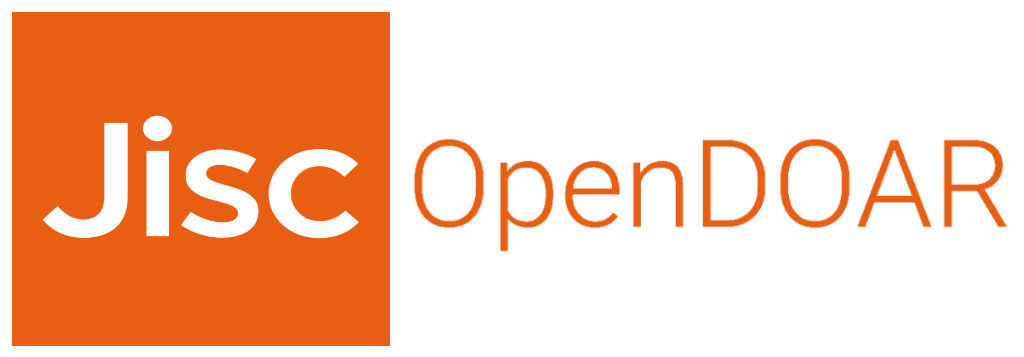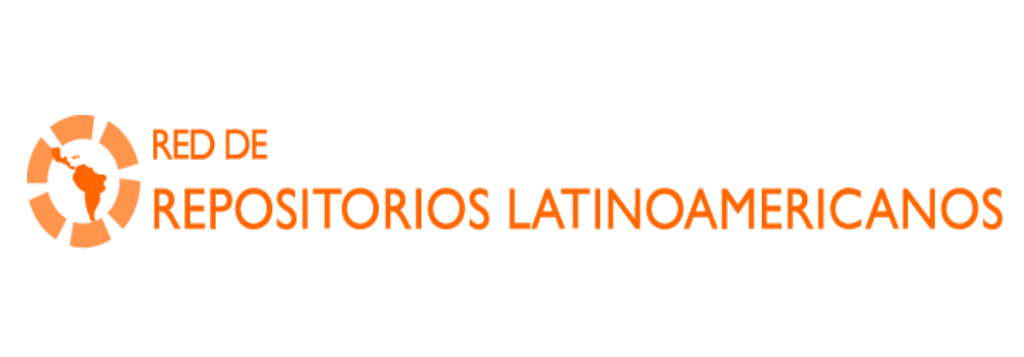Alternativa para la reutilización de llantas de bicicletas aplicando el modelo de economía circular para los recuperadores del sector del siete de agosto
Trabajo de grado - Pregrado
2021-11-11
Universidad Colegio Mayor de Cundinamarca
Según DIAN (2020), en Colombia se importaron 1.350.000 llantas, de este total solo el 29% fueron recauchutadas. Para un total de las llantas que se utilizan y que terminan en las calles y en los rellenos sanitarios, es de 958.500 unidades.
El impacto medioambiental por la transmisión de la huella de carbono de un neumático se produce en las tres etapas de su vida: producción, uso y disposición final. Debido a la pandemia que generó el COVID-19, muchas personas optaron por utilizar la bicicleta para transportarse, razón por la cual aumentó el número de llantas de bicicleta usadas abandonadas en la vía pública en el sector de los almacenes de bicicletas del sector del siete de agosto, esto debido a que los almacenes no tienen conocimiento de la normativa que existe para la disposición de este residuo, en Colombia hay ciertos residuos que se clasifican como residuos peligrosos, en este caso las llantas usadas no se clasifican en este grupo, pero si no tienen buena disposición, pueden generar enfermedades cancerígenas por su quema a largo tiempo.
Para realizar este estudio, consideramos como referencia la Teoría de la Escuela de Relaciones Humanas y la Teoría del Desarrollo Sostenible, aplicando los conocimientos aportados en la formación de Administradores de Empresas, se utilizaron los métodos de investigación bibliográfica utilizados sobre el tema los neumáticos usados en el concepto ambiental para determinar oportunidades de mejora aplicando el modelo de Economía Circular.
A través del instrumento de campo diario, se pudo observar la disposición incorrecta de las llantas utilizadas en el sector, seguidamente se utilizó una matriz de evaluación de impacto ambiental para establecer los impactos ambientales generados por la venta de llantas de bicicletas y finalmente se diseña una propuesta de economía circular que está diseñada para los recuperadores del sector del siete de agosto, aprovechando las llantas de bicicleta usadas a través de una propuesta administrativa.
El alcance de esta monografía es presentar una alternativa para la reutilización de llantas de bicicleta aplicando el Modelo de Economía Circular para los recuperadores del sector del 7 de agosto, incluimos a los recuperadores de este sector porque allí los residuos que más se desechan son cajas de cartón, dónde vienen las bicicletas y la mercancía que llega, queremos ofrecer una oportunidad de negocio a estas personas haciéndoles saber que a las llantas de bicicleta usadas se les puede dar una segunda vida y así obtener mejores ingresos. According to DIAN (2020), 1,350,000 tires were imported in Colombia, of this total only 29% were retreaded. For a total of tires that are used and that end up on the streets and in landfills, it is 958,500 units.
The environmental impact due to the emission of the carbon footprint of a tire occurs in the three stages of its life: use and final disposal. Due to the pandemic generated by COVID-19, many people chose to use the bicycle for transportation, which is why the number of used bicycle tires abandoned on public roads increased in the bicycle storage sector of the sector of the seven August, this because the warehouses are not aware of the regulations that exist for the disposal of this waste, in Colombia there are certain wastes that are classified as hazardous waste, in this case used tires are not classified in this group, but if they do not have a good disposition, they can generate carcinogenic diseases by burning them for a long time.
To carry out this research, the Theory of the School of Human Relations and the Theory of Sustainable Development were taken as a reference, applying the knowledge provided in the training of Business Administrators, the bibliographic research methods used about tires were used. used in the environmental concept to generate improvement opportunities by applying the Circular Economy model.
Through the daily field instrument, it was possible to observe the incorrect disposition of the tires used in the sector, then an environmental impact assessment matrix was used to establish the environmental impacts that are generated from the sale of bicycle tires and finally, a circular economy proposal is designed that is designed for the reclaimers of the August 7 sector, taking advantage of used bicycle tires through an administrative proposal. The scope of this monograph is to present an alternative for the reuse of bicycle tires applying the Circular Economy Model for the reclaimers of the sector of August 7, we include the reclaimers of this sector because there the waste that is most discarded are boxes of cardboard, where the bicycles come from and the merchandise that arrives, we want to offer a business opportunity to these people by letting them know that used bicycle tires can be given a second life and thus obtain better income.
Descripción:
Monografía - Andrés Felipe Gutiérrez Saavedra y Ana Milena.pdf
Título: Monografía - Andrés Felipe Gutiérrez Saavedra y Ana Milena.pdf
Tamaño: 2.139Mb
 PDF
PDF
 LEER EN FLIP
LEER EN FLIP
Descripción: CARTA DECANO DERECHOS DE AUTOR - Andrés Felipe Gutiérrez Saavedra y Ana Milena.pdf
Título: CARTA DECANO DERECHOS DE AUTOR - Andrés Felipe Gutiérrez Saavedra y Ana Milena.pdf
Tamaño: 440.6Kb
 PDF
PDF
Descripción: FORMATO IDENTIFICACIÓN TRABAJOS DE GRADO - Andrés Felipe Gutiérrez Saavedra y Ana Milena.pdf
Título: FORMATO IDENTIFICACIÓN TRABAJOS DE GRADO - Andrés Felipe Gutiérrez Saavedra y Ana Milena.pdf
Tamaño: 456.9Kb
 PDF
PDF
Título: Monografía - Andrés Felipe Gutiérrez Saavedra y Ana Milena.pdf
Tamaño: 2.139Mb
 PDF
PDF
 LEER EN FLIP
LEER EN FLIP
Descripción: CARTA DECANO DERECHOS DE AUTOR - Andrés Felipe Gutiérrez Saavedra y Ana Milena.pdf
Título: CARTA DECANO DERECHOS DE AUTOR - Andrés Felipe Gutiérrez Saavedra y Ana Milena.pdf
Tamaño: 440.6Kb
 PDF
PDF
Descripción: FORMATO IDENTIFICACIÓN TRABAJOS DE GRADO - Andrés Felipe Gutiérrez Saavedra y Ana Milena.pdf
Título: FORMATO IDENTIFICACIÓN TRABAJOS DE GRADO - Andrés Felipe Gutiérrez Saavedra y Ana Milena.pdf
Tamaño: 456.9Kb
 PDF
PDF























